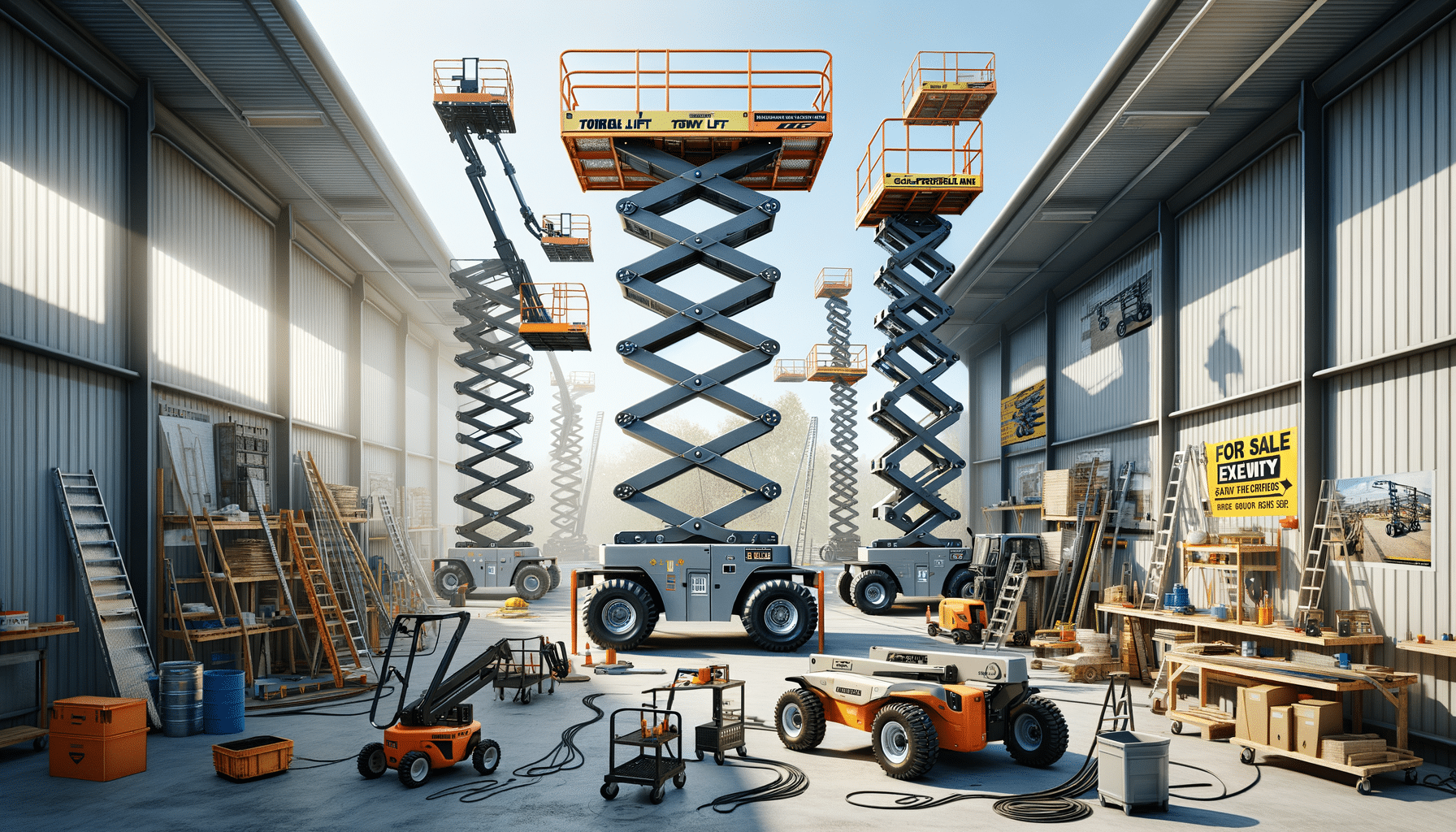
Towable Boom Lifts: How to Compare Sizes, Heights & Use Cases
Introduction to Towable Boom Lifts
Towable boom lifts are versatile pieces of equipment designed to provide mobility and height access in various work environments. Whether you are involved in tree trimming, building maintenance, or light construction, understanding the different specifications and capabilities of these lifts can significantly impact your project’s efficiency. This guide will delve into the essential aspects of towable boom lifts, including their sizes, heights, and specific use cases, to help you make an informed decision when considering a purchase.
Understanding Towable Boom Lifts for Sale
When considering the purchase of a towable boom lift, it’s crucial to evaluate the specific requirements of your projects. Towable boom lifts come in various sizes and configurations, offering different working heights and platform capacities. These lifts are designed to be attached to a vehicle for easy transportation, making them a practical choice for contractors who need to move equipment between job sites.
Key factors to consider when evaluating towable boom lifts for sale include:
- Working Height: This specification determines the maximum height the lift can reach, which is crucial for tasks such as tree trimming or high-level maintenance.
- Platform Capacity: The weight limit the platform can safely support, ensuring it can accommodate necessary tools and personnel.
- Trailer Hookup: The ease of attaching the lift to a vehicle, which affects mobility and transportation efficiency.
By assessing these features, you can choose a towable boom lift that aligns with your operational needs and enhances productivity.
Self-Propelled Lift vs. Towable Lift
Choosing between a self-propelled lift and a towable lift depends on various factors, including mobility, convenience, and the nature of the tasks at hand. Self-propelled lifts are equipped with their own propulsion systems, allowing them to move independently around a job site. This feature is particularly beneficial for projects requiring frequent repositioning.
On the other hand, towable lifts offer unique advantages:
- Portability: Easily towed by a vehicle, making them suitable for jobs that require transportation over longer distances.
- Cost-Effectiveness: Generally more affordable than self-propelled models, providing a budget-friendly option for contractors.
- Flexibility: Ideal for varied tasks, from residential maintenance to commercial applications.
Ultimately, the choice between these two types of lifts should be based on the specific demands of your projects and budget considerations.
Trailer Mounted Lifts for Contractors
Trailer mounted lifts are a popular choice among contractors due to their versatility and ease of use. These lifts are designed to be mounted on trailers, offering a stable platform for various tasks. The ability to tow the lift to different locations makes it an excellent option for contractors who work on multiple sites.
Key benefits of trailer mounted lifts include:
- Stability: Provides a secure and stable platform, essential for safety during operation.
- Reach and Accessibility: Offers significant height reach, allowing access to hard-to-reach areas.
- Convenience: Easy to transport and set up, saving time and labor costs.
For contractors, investing in a trailer mounted lift can streamline operations and improve overall project efficiency.
Conclusion: Choosing the Right Lift for Your Needs
In conclusion, towable boom lifts offer a practical solution for various height access tasks, providing the mobility and reach necessary for efficient project execution. By understanding the differences between self-propelled and towable lifts and considering the specific advantages of trailer mounted options, contractors can make informed decisions that align with their operational needs and budget.
Whether you are looking to purchase or rent, evaluating key specifications like working height, platform capacity, and ease of transportation will ensure you select a lift that enhances productivity and safety on the job site.


